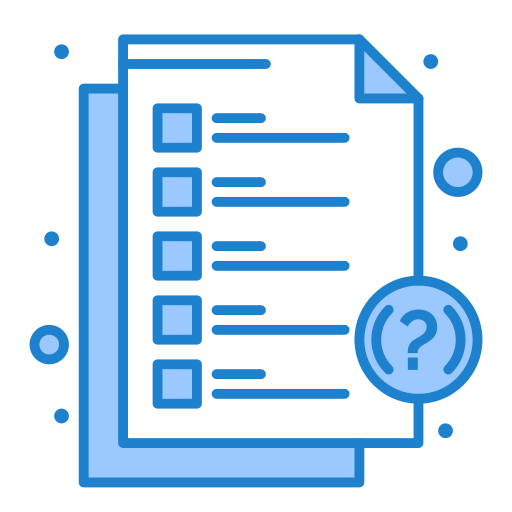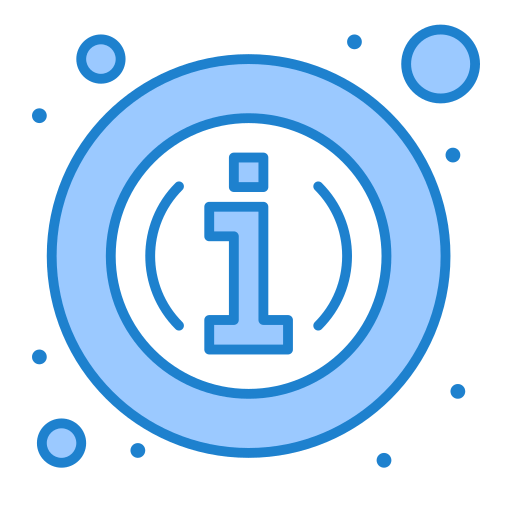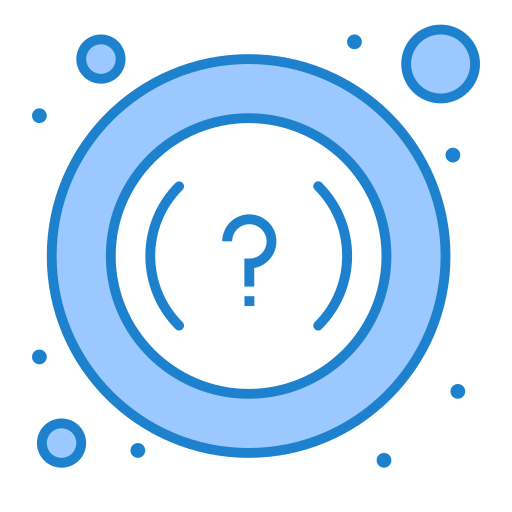
 A/B testing, also known as split testing, is a methodological approach used in sales proposal management to compare two versions of a sales proposal to determine which one performs better in terms of achieving the desired outcome, typically measured by the rate of proposal acceptance, customer engagement, or direct sales metrics.
A/B testing, also known as split testing, is a methodological approach used in sales proposal management to compare two versions of a sales proposal to determine which one performs better in terms of achieving the desired outcome, typically measured by the rate of proposal acceptance, customer engagement, or direct sales metrics.
This technique involves presenting two variants (A and B) to different segments of the target audience under similar conditions to see which variant has a higher performance score.
In the context of sales proposal management, A/B testing primarily focuses on varying elements such as the wording of the offer, the layout of the proposal, the pricing structures, or different sets of terms and conditions. The goal is to identify which variations of these elements resonate best with the potential clients and lead to more successful deals.

 Case Study 1: A technology services company tested two different executive summaries in their sales proposals to a segment of 100 potential clients.
Case Study 1: A technology services company tested two different executive summaries in their sales proposals to a segment of 100 potential clients.
Version A used technical language, while Version B used layman’s terms. The proposal featuring Version B resulted in a 30% higher acceptance rate, indicating that clearer, more accessible language was more effective with their client base.
Case Study 2: A consultancy firm experimented with two pricing structures: a flat fee (Version A) and a performance-based fee (Version B). They found that Version B led to a 25% increase in proposal acceptance among new clients, suggesting a preference for shared risk in pricing.
 Implementing A/B testing in sales proposal management involves several best practices:
Implementing A/B testing in sales proposal management involves several best practices:

For further reading and more detailed methodologies on A/B testing, consider the following resources:
These resources provide comprehensive insights into the technical aspects of A/B testing and offer practical advice for applying these principles effectively in various business contexts, including sales proposal management.
A/B testing in sales proposal management involves comparing two versions of a sales proposal (A and B) to determine which one performs better in terms of generating customer interest and closing deals. Each version is shown to a similar audience under similar conditions to accurately measure which proposal is more effective.
Variables for A/B testing in sales proposals can include different pricing strategies, proposal layouts, the tone of the content, the length of the proposal, or specific terms and conditions. The key is to select variables that you believe could significantly impact the client's decision-making process.
Important metrics to measure during A/B testing of sales proposals include the conversion rate (i.e., the percentage of proposals that result in a sale), the time it takes to close a deal, client feedback scores, and any specific engagement metrics like the amount of time spent on each section of the proposal.
The duration of an A/B test in proposal management should be long enough to collect significant data but short enough to be actionable. Typically, this could range from a few weeks to a couple of months, depending on the sales cycle length and the volume of proposals sent out.
Yes, A/B testing can be applied to virtually any type of sales proposal, regardless of industry or business size. However, the effectiveness of the tests can vary depending on how well the different versions are designed and how significant the variations between them are.